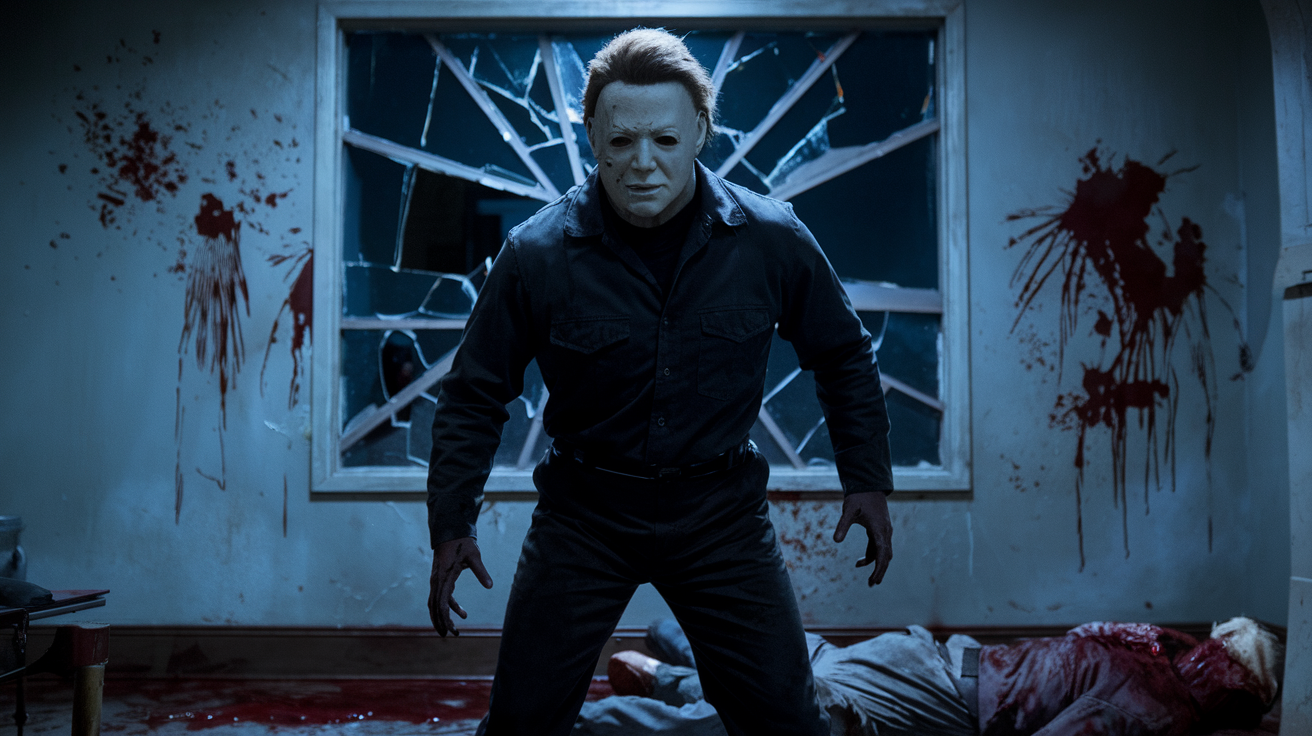
The Genesis of Michael Myers: Halloween's Creation
In the annals of horror cinema, few villains cast a shadow as long and terrifying as Michael Myers, the silent, masked embodiment of evil from Haddonfield. His chilling debut in John Carpenter's 1978 masterpiece, 'Halloween,' didn't just introduce a new boogeyman; it redefined the slasher genre entirely. This groundbreaking film, crafted by the visionary director Carpenter and his talented co-writer Debra Hill, emerged from a simple yet profoundly unsettling premise. They aimed to create a monster who was pure, unadulterated evil, a force of nature rather than a man driven by understandable motives. The raw simplicity of their approach, coupled with ingenious filmmaking, birthed a horror icon who continues to haunt nightmares decades later.
Carpenter's initial concept for what would become 'Halloween' was deceptively straightforward: a babysitter stalked by a relentless killer. Working under the title 'The Babysitter Murders,' the creative team intentionally stripped away complex backstories or psychological motivations for their antagonist. Their goal was to make Michael Myers terrifying precisely because he lacked a discernable reason for his brutality, making him an almost supernatural entity of malice. This decision to portray him as 'The Shape'—an inhuman void of malevolence—set him apart from previous cinematic villains who often had tragic pasts or understandable grievances. It was a bold choice that tapped into a primal fear: the fear of inexplicable, unprovoked evil.